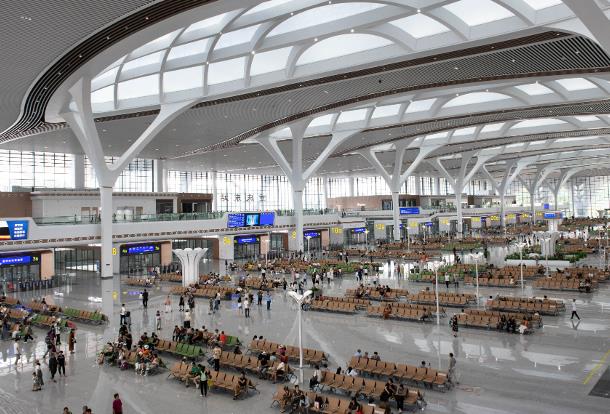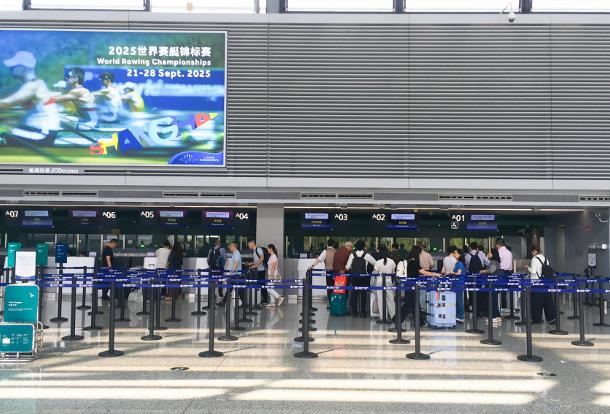As of September 30, 2017, China's high-speed rail had carried a total of 7 billion passengers in the nine years since the first high-speed rail service between Beijing and Tianjin was inaugurated on August 1, 2008. Passenger throughput has been growing at an average annual rate of more than 35%, according to China Railway Corporation(CRC)’s data published on October 23.
On October 21, the Fuxing bullet trains deployed for the Beijing-Shanghai route have been in operation for exactly one month, operating at a speed of 350km/h. They served 592,000 passengers during the period, or about 20,000 people on a daily basis. The average load factor was 95%, and it reached a high of 99.4% at its peak.
A CRC spokesman said that the seven high-speed Fuxing bullet trains deployed on the Beijing-Shanghai route have cut the travel time between Beijing and Shanghai to under four hours and 30 minutes, setting a new benchmark for the high-speed railway operation worldwide.
The spokesman said that the overall energy consumption of Fuxing trains, which travel at a speed of 350 km per hour, has decreased by about 10%. While the energy consumption of the Fuxing trains is still about 12% higher than the “Harmony” trains, which travel at 300km/h, Fuxing has drawn a large volume of passengers thanks to the shorter travel time and better service quality, leading to an increase of 10.3 percentage points in average load factor. It has not only enhanced travel efficiency and improved travel experience, but also created huge economic benefits and social benefits for the cities along the railway line.
The Fuxing trains are staffed by high-quality drivers, mechanics and crew. During the peak travel period of National Day Golden Week, Fuxing achieved punctuality rate of 99.5% and 99%, without compromising the smooth, comfortable and fast services.




